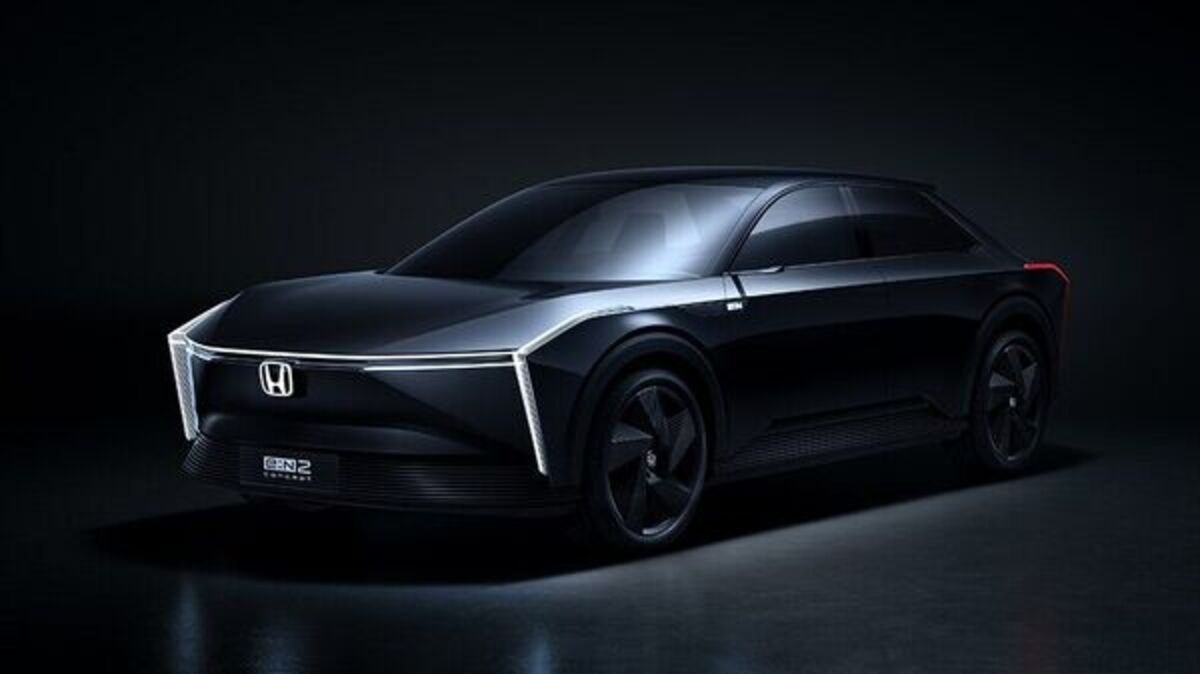Last week, Honda Motor Co of Japan unveiled the production version of its new China-only electric vehicle (EVs) lineup. It is aimed at the fast-growing, battery-powered car segment in the world’s largest auto market.
Last year, the Japanese automaker announced plans to launch EV models under a new brand called “e:N Series”.
The plan was to do so over the next five years in collaboration with partners GAC and Dongfeng Motor. In April, it began selling the first model in China.
Honda wants to “beat” Tesla in the Chinese EVs market
According to Honda CEO Toshihiro Mibe, the company is transforming itself into an electric brand in China. They offer a variety of unique and diverse electric mobility products that only Honda can provide.
A significant challenge for Honda and its major Japanese peers, Toyota Motor Corp and Nissan Motor Co, is catching up to rivals such as Tesla Inc, which has forged ahead in the EV sector.
Honda announced earlier this year a goal of rolling out 30 EV models globally and producing 2 million EVs per year by 2030.
It announced last year that it would only introduce electrified vehicle models in China after 2030, including battery-electric, hydrogen fuel-cell, and petrol-electric vehicles.
Its two joint ventures, GAC-Honda and Dongfeng-Honda, intend to construct new EV-only assembly plants that will begin production in 2024.
Honda has two factories in China
In June this year, Honda Motor Co Ltd announced that has started its joint venture in China with Guangzhou Automobile Group Co. That was the start of building an electric vehicle factory in Guangdong province. Its initial investment was $522 million.
The new factory, as Honda announced then, has an annual production capacity of 120,000 units. The dedicated EV plant is to support Honda’s “core operation” of EV production in China, where competition for battery-driven vehicles is heating up, as the company said.
The Japanese automaker Honda plans its overall annual EV automobile production capacity in China to increase by about 16% to 1.73 million units in the next two years.

